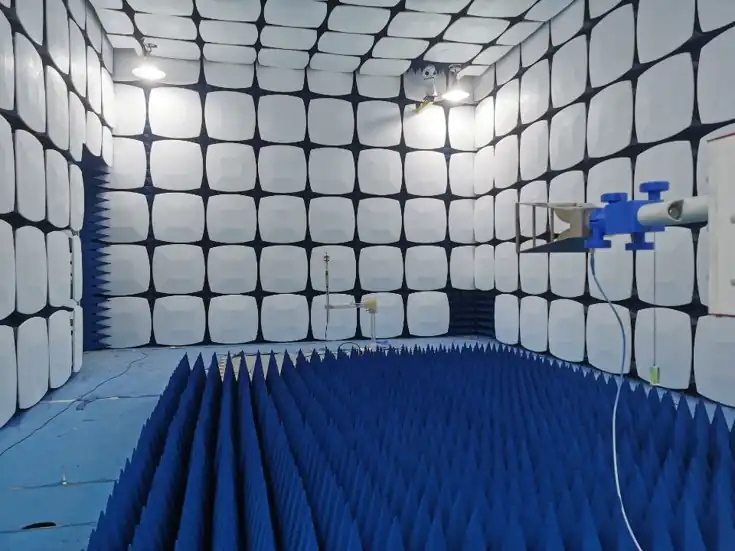Messi Biology states that the application of magnesium oxide (MgO) in the field of electromagnetic shielding has been upgraded from an “auxiliary filler” to a core functional layer characterized by high dielectric constant, low loss, light weight, and multi-spectrum compatibility. With its comprehensive advantages of “high dielectric constant, low loss, light weight, and low cost,” magnesium oxide is becoming the next-generation core material for electromagnetic shielding, from consumer electronics to defense equipment.

01 Shielding Mechanism: High Dielectric Constant + Multipolarization Loss
- A high εr (≈9.8) enables magnesium oxide to generate strong interfacial polarization and dielectric loss for incident electromagnetic waves.
- Nanoscale defects and surface dipoles further introduce relaxation polarization, achieving a reflection loss of over –20dB within the 1–40GHz range, with a shielding efficiency of ≥99%.
02 Material Forms: From “Powder Filler” to “Multilayer Metamaterial”
- Coating Form: Nano-magnesium oxide is dispersed in a silicone-acrylic resin and sprayed to form a dense coating of 80–120µm. It can be used for 5G base station enclosures and automotive radar, with a shielding effectiveness of 45–60dB.
- Composite Structure: By blending with CNTs, MXenes, or Ag nanowires, a “conductive-dielectric” dual network is formed, which provides both EMI shielding and flexibility, with performance degradation of less than 5% after 1000 bending cycles.
- Multilayer Design: MgO layers with different particle sizes/orientations are arranged in a frequency gradient to achieve broadband adaptive shielding from 2–18GHz.
03 Environmental and Process Advantages
- Harsh Environment Resistance: Magnesium oxide has a melting point of 2852℃ and maintains its shielding performance in environments ranging from –55℃ to 200℃, as well as in high humidity and salt spray conditions.
- Low-Temperature Curing: It can be cured and molded at 80–120℃, making it fully compatible with existing processes for PCBs and plastic enclosures without the need for high-temperature sintering.
Future Trends
- Nanoporous Magnesium Oxide: With a pore size of 50–200nm, it will be used for millimeter-wave/terahertz integrated shielding films, with a target thickness of <50µm and a shielding effectiveness of >50dB.
- Tunable Shielding: By regulating the surface charge density of magnesium oxide through electric fields or temperature, a tunable shielding window can be achieved to meet the dynamic spectrum requirements of 6G.
